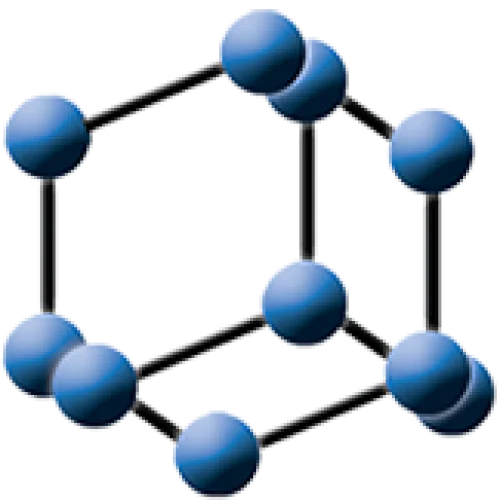The First Report on Opportunistic Human Pathogenic Bacteria Staphylococcus haemolyticus Isolated from Brahmina coriacea (Scarabaeidae: Coleoptera) in the North-Western Himalayas
Introduction:
Staphylococcus haemolyticus is an opportunistic human pathogenic bacterium that constitutes the major part of human skin microflora. This bacterium has shown resistance to most antibiotics. Moreover, it spreads widely in hospitals and causes various infections in human beings. This bacterium has been reported in infected humans, animals, and some insects; however, this is the first report on Staphylococcus haemolyticus being found in scarabaeids in the world. The gut microbiota of white grubs helps in the digestion and assimilation of food, such as cellulose, hemicellulose, and pectin degradation by producing various enzymes.
Aims:
This study aimed to isolate and identify the cellulose-degrading bacteria from the gut of the most notorious polyphagous white grub, B. coriacea and estimated their cellulolytic index for utilization in future studies for decomposing of organic matter and in biofuel production in industries.
Methods:
In this study, we isolated 11 cellulolytic bacteria from the gut of Brahmina coriacea (Hope) grubs, which were collected from different locations in the north-western Himalayas.
Results:
S. haemolyticus was only reported from the grubs of Nauni, Solan region of Himachal Pradesh, India, and identified by using 16S rRNA gene sequencing analysis. S. haemolyticus was able to degrade the cellulose in Carboxy Methyl cellulose (CMC) media.
Conclusion:
This bacterium can be used in industries, such as the management of agro-waste, pulp and paper, and biofuel production.
